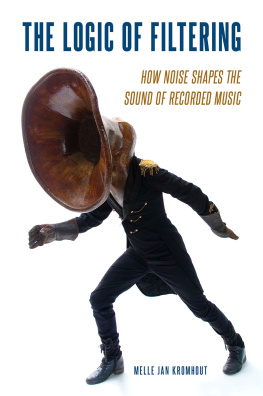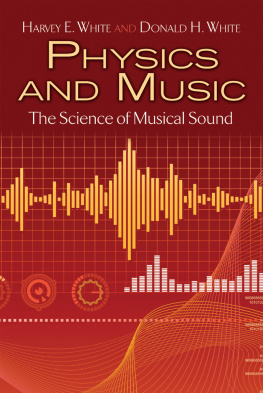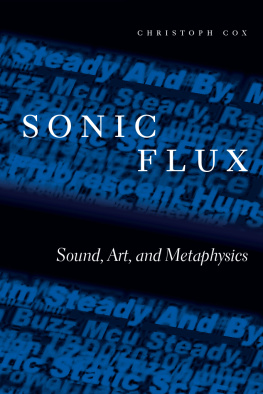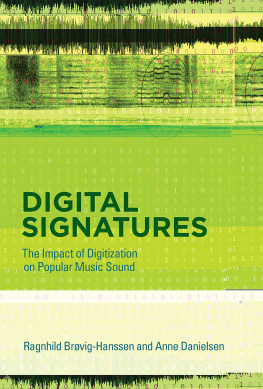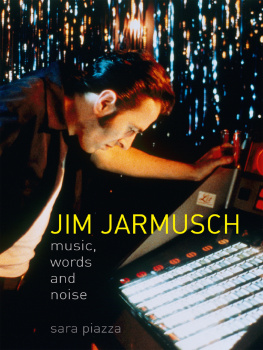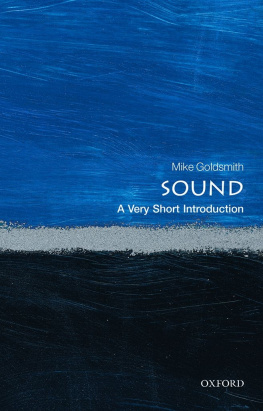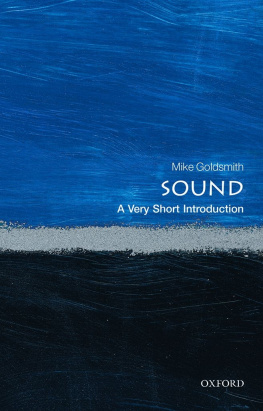The Logic of Filtering

Oxford University Press is a department of the University of Oxford. It furthers the Universitys objective of excellence in research, scholarship, and education by publishing worldwide. Oxford is a registered trade mark of Oxford University Press in the UK and certain other countries.
Published in the United States of America by Oxford University Press
198 Madison Avenue, New York, NY 10016, United States of America.
Oxford University Press 2021
Some rights reserved. No part of this publication may be reproduced, stored in a retrieval system, or transmitted, in any form or by any means, without the prior permission in writing of Oxford University Press, or as expressly permitted by law, by license, or under terms agreed with the appropriate reproduction rights organization. Inquiries concerning reproduction outside the scope of the above should be sent to the Rights Department, Oxford University Press, at the address above.

This is an open access publication, available online and distributed under the terms of a Creative Commons Attribution Non Commercial No Derivatives 4.0 International licence (CC BY-NC-ND 4.0), a copy of which is available at http://creativecommons.org/licenses/by-nc-nd/4.0/.
You must not circulate this work in any other form and you must impose this same condition on any acquirer.
Library of Congress Cataloging-in-Publication Data
Names: Kromhout, Melle Jan, author.
Title: The logic of filtering : how noise shapes the sound of recorded music /
Melle Jan Kromhout.
Description: [1.] | New York : Oxford University Press, 2021. |
Includes bibliographical references and index.
Identifiers: LCCN 2020051794 (print) | LCCN 2020051795 (ebook) |
ISBN 9780190070137 (hardback) | ISBN 9780190070144 (paperback) |
ISBN 9780190070168 (epub) | ISBN 9780190070151 (updf)
Subjects: LCSH: Sound recordingsAesthetics. | MusicPhilosophy and aesthetics. |
SoundRecording and reproducingHistory. | Noise.
Classification: LCC ML3877 .K76 2021 (print) |
LCC ML3877 (ebook) | DDC 781.49/117dc23
LC record available at https://lccn.loc.gov/2020051794
LC ebook record available at https://lccn.loc.gov/2020051795
DOI: 10.1093/oso/9780190070137.001.0001
For Rosanne and Doris
Das Lied schlft in der Maschine.
Blixa Bargeld
(from Einstrzende Neubautens song NNNAAAMMM, from Ende Neu, 1996, published by Freibank Musikverlage, Hamburg)
Contents
I first began working on some of the questions that motivate this book more than fifteen years ago, while researching my undergraduate thesis about the early work of the German band Einstrzende Neubauten. I have been a fan of their music ever since my sister introduced me to the album Silence Is Sexy (2000) when I was a teenager. Over the years, I worked through their catalogue, all the way back to the infamous debut album Kollaps, released in 1981. It was this earlier work, all screeching and banging, shouting and drilling, drumming and screaming, that first opened my ears to the noise that is sometimes called music and the music that some people call noise. Why, I wondered, was I so attracted by it? Why did I find it appealing, fascinating even? Why did it feel thrilling, exciting, exhilarating, but also comforting and, at times, unmistakably beautiful? Why did I keep listening? Little did I know at the time that these questions would stay with me for so many years, making their way to this book, in which they evolved into more fundamental questions about the ways in which the machines that dominated musical production and consumption over the past hundred and forty years shape the sound of music.
Throughout the projects different iterations, many people offered invaluable support and advice. None so much as Sander van Maas, without whom I am sure this book would not even exist. Sander oversaw that undergraduate thesis all those years ago and encouraged me to keep going despite some adversity in the years leading up to my PhD at the University of Amsterdam. As my PhD advisor, his sharp and critical commentary consistently challenged me to reach further, dig deeper, and never shy away from the most difficult questions. While I regularly cursed his eye for detail and conceptual rigor, I thoroughly enjoyed our intellectual exchange, which I hope will continue for many years to come.
As a PhD fellow, I was part of the unique environment of the Amsterdam Centre for Cultural Analysis (ASCA), with its open, warm, encouraging, and truly interdisciplinary academic culture. I am proud to have been part of that community and very much indebted to my amazing colleagues: Peyman Amiri, Uzma Ansari, Seluk Balamir, Matt Cornell, Pedram Dibazar, Enis Dinc, Simon Ferdinand, Moosje Goosen, Andres Ibarra, Blandine Joret, Annelies Kleinherenbrink, Noam Knoller, Geli Mademli, Lara Mazurski, Mirjam Meiner, Judith Naeff, Christian Olesen, Nur Ozgenalp, Asli Ozgen-Tuncer, Jeffrey Pijpers, Eva Sancho, Melanie Schiller, Irina Souch, Margaret Tali, Irene Villaescusa, Lucy van der Wiel, Thijs Witty, and many others. At the ASCA offices, the irreplaceable Eloe Kingma and Jantine van Gogh made PhD life easier and more enjoyable for all of us.
When I finished my PhD, I was fortunate enough to join the ERC-funded research project Sound and Materialism in the 19th Century at the Faculty of Music of the University of Cambridge. I owe great thanks to the projects principle investigator, David Trippett, who wholeheartedly supported the completion of this book both practically and intellectually. My colleagues Melissa van Drie, Edward Gillin, and Stephanie Probst made the project thoroughly enjoyable. I took great joy in working with Melissa on our amazing communal performance of Cornelius Cardews Treatise that she put together in 2017, as well as co-organizing the Sensing the Sonic conference in 2018, the stellar line-up of which stands as one of the highlights of my academic career so far. The projects assistants, Viktoria Lorensen and Claire Lettellier, greatly helped us navigate the perilous seas of bureaucracy, as did the rest of the staff at the Faculty of Music. I thank Alex Dury in particular, for putting up with my ongoing administrative troubles.
During my time in Cambridge, the Master and Fellows of Corpus Christi College welcomed me in their ranks, which allowed me to use my time at the university at the fullest. To be a fellow at this ancient institution, was a truly singular experience that I could never have dreamed of and look back on with great fondness. I learned so much from talking, during all those lunches and High table dinners that are the heartbeat of college life, to many incredibly smart people, among whom are Anastasia Berger, John Biggins, Rune Damsgaard, Nicholas Danks, Felix Grey, Fumiya Lida, Pontus Rendahl, John David Rhodes, David Sneath, Hattie Soper, Robin Walker, Patrick Zutshi, and many others.
Special thanks go out to Peter McMurray, whom I first met at the highly inspiring Bone Flute to Auto-Tune conference in Berkeley in 2014 and with whom I hosted two online reading groups with a magnificent international group of scholars. I was very happy when Peter came to Cambridge as well and proud to assist with the organization of his and Priyasha Mukhopadhyays Acoustics of Empire workshops and conference. I also thank the organizers and participants of some of the other conferences, workshops, and events that I attended over the years: the Sound Studies summer and winter schools in Amsterdam and Berlin in 2014, the Princeton/Weimar Summer School for Media Studies in Princeton in 2016, the Excavating Media conference in Cambridge in 2017, the Cultural Techniques of Radiophonics workshop in Basel in 2017, the Regenerative Feedback events in New York and Rotterdam in 2018 and 2019, and the Imperfections conference in Noordwijk and Amsterdam in 2019.

